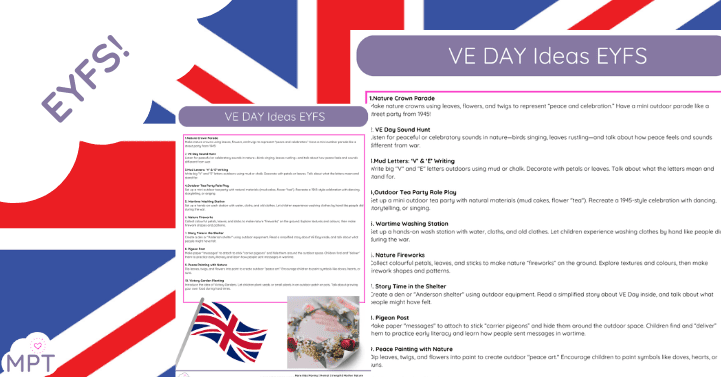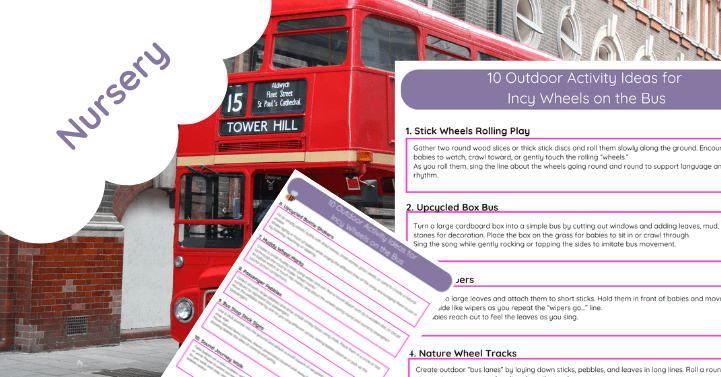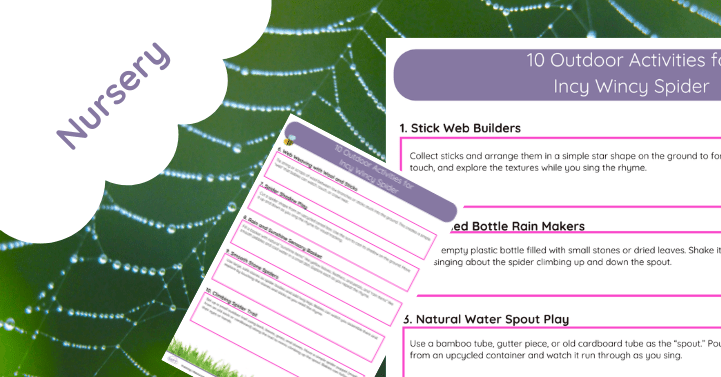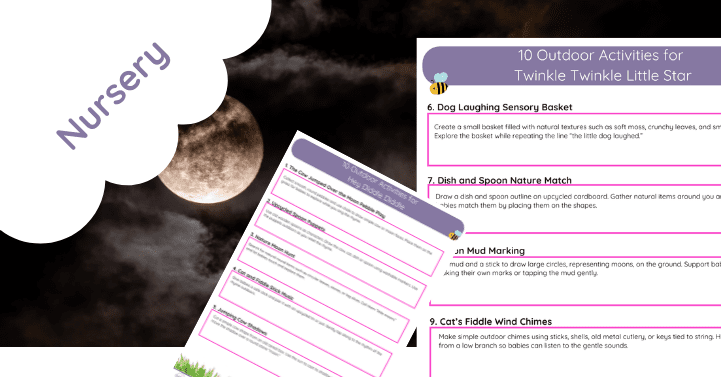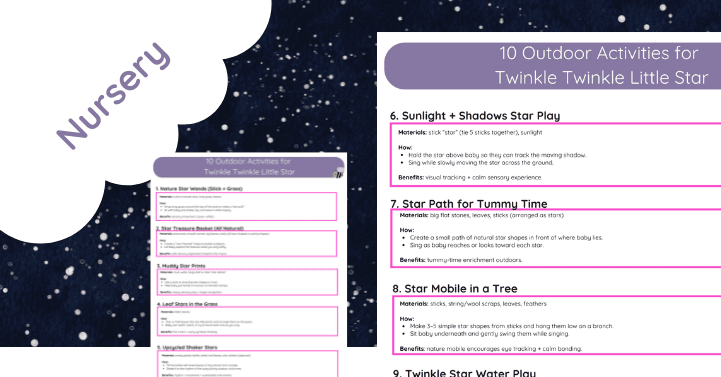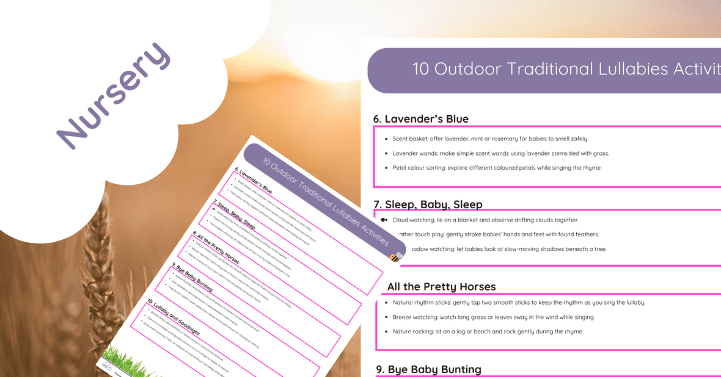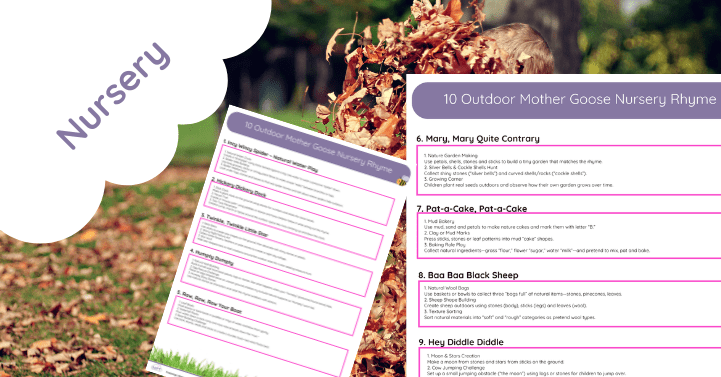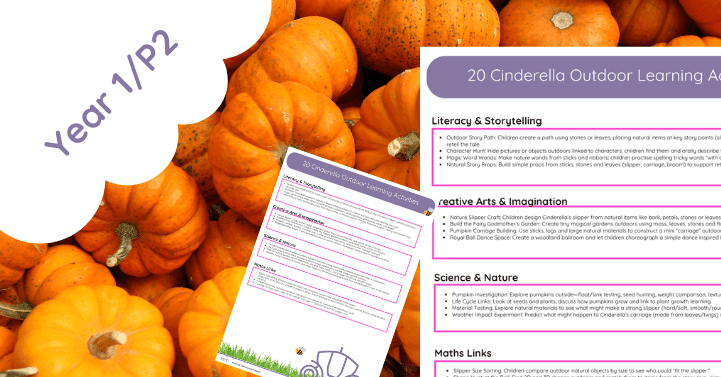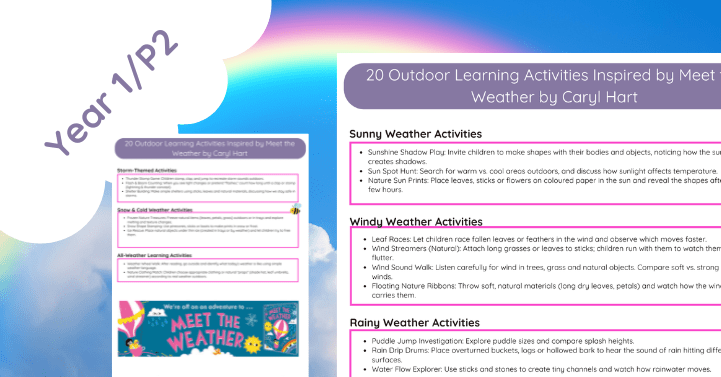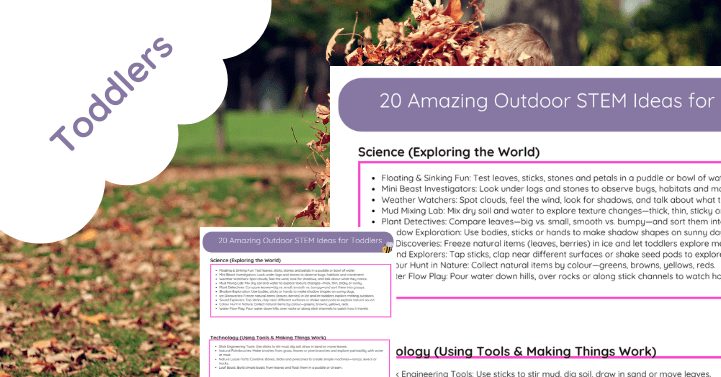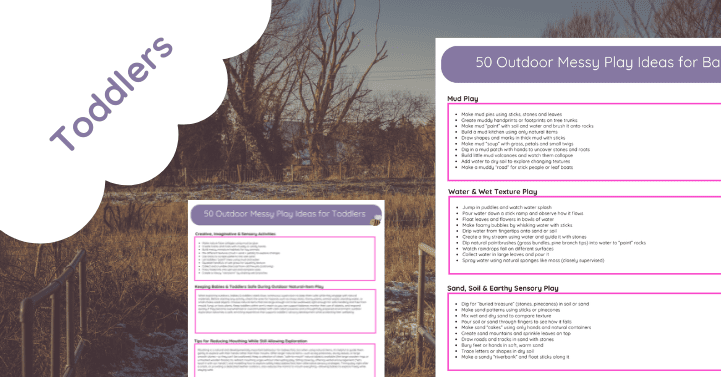10 Outdoor Ideas for VE Day – EYFS
Celebrate VE Day the muddy way!
This unique collection of 10 Outdoor Ideas for VE Day – EYFS designed specifically for Early Years Foundation Stage (EYFS) brings history to life in a playful, age-appropriate, and meaningful way. Rooted in the Muddy Puddle Teacher approach, these hands-on ideas help children explore the themes of peace, celebration, and community while connecting with nature.
💡 What’s inside?
-
10 creative, curriculum-linked outdoor activities
-
Low-prep, sensory-rich learning ideas
-
Inclusive experiences for all abilities, including SEND
-
Focus on communication, expressive arts, and understanding the world
-
Nature-based materials, no fancy resources needed!
Perfect for forest school sessions, garden classrooms, or even just a patch of grass, this resource is ideal for VE Day celebrations that are fun, educational, and full of muddy magic.
📥 Digital download | EYFS friendly | No laminating required!
🌿 The Benefits of Taking VE Day Outside in Early Years 🇬🇧
VE Day (Victory in Europe Day) is a powerful historical event—one that can feel big and abstract for our youngest learners. But when we embrace outdoor learning, something magical happens. By using nature as our classroom, Early Years children begin to grasp themes like peace, community, and celebration in developmentally appropriate, meaningful ways.
At The Muddy Puddle Teacher, we believe that outdoor learning makes history more accessible, more joyful, and more inclusive. Here’s how:
🌱 1. Big History for Little Hands
VE Day can be difficult for children to understand indoors. Outside, big ideas are broken down into hands-on learning experiences:
-
🌿 Planting a “Victory Garden” teaches children about self-sufficiency and resilience.
-
🌼 Making peace art from natural materials sparks creativity while exploring symbolism.
-
🫖 Hosting an outdoor 1945-style tea party creates a sense of community and historical role-play.
Learn more: How to teach history through outdoor learning (Muddy Blog)
🧠 2. Boosts Engagement and Understanding
Children thrive when they’re moving, playing, and exploring. Outdoor environments naturally support active learning and enhance memory retention:
-
Acting out “pigeon post” supports early literacy and historical storytelling.
-
Building shelters or dens opens up conversations about WWII homes and safety.
External inspiration: Take a Tour around Beamish
🤝 3. Fosters Empathy and Community
VE Day celebrates peace and unity. Through outdoor learning, children learn cooperation, kindness, and shared responsibility:
-
🌻 Nature parades and music circles promote collaboration and expressive arts.
-
💬 Storytelling around a log circle helps children emotionally connect with the past.
🌞 4. Supports Wellbeing and Inclusion
Outdoor spaces especially benefit children with Special Educational Needs and Disabilities (SEND). Fresh air, freedom to move, and sensory input improve:
-
Focus
-
Confidence
-
Emotional regulation
🎨 5. Encourages Creativity and Expression
From nature “fireworks” to mud painting peace symbols, children are free to express and process big ideas in creative ways. Outdoor learning removes walls—both literal and emotional.
🪵 Why Take VE Day Outdoors?
Because history comes alive in the open air. Outdoor learning allows children to:
-
Feel, touch, and move while they learn
-
Make real-life connections
-
Engage in sensory-rich, meaningful experiences


